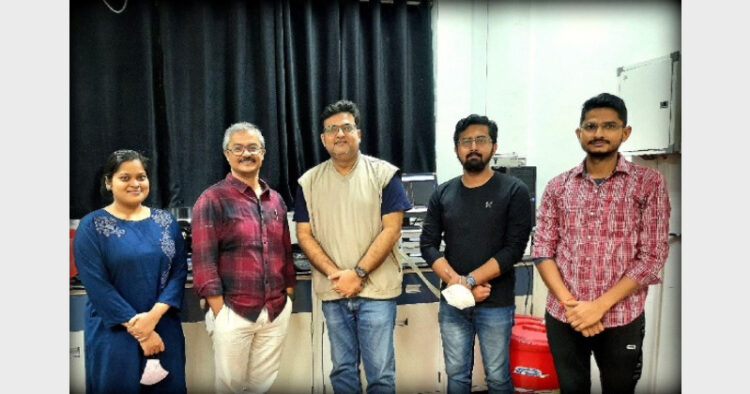The researchers used an amino acid called Tyrosine, which functioned as a reducing agent and capping agent to produce silver nanomaterials.
New Delhi: A team of researchers from the Indian Institute of Science Education and Research (IISER)-Bhopal has developed a safe and easy procedure to produce silver nanomaterials that can be used as antimicrobial agents. Antibiotic resistance is a serious condition in which bacteria and other microbes that invade the human body become resistant to the antibiotics/antimicrobials meant to kill them.
The World Health Organization (WHO) has declared bacterial antibiotic resistance as one of humanity's most important crises. The problem is particularly serious in India due to the rampant and indiscriminate use of antibiotics in humans, livestock, and agriculture. There is a dire need for antibiotic substitutes and Nano-technological solutions. The study by the IISER Bhopal team promises to fill the gap.
Silver, the common ornamental metal, when present as Nano-sized particles–one hundred thousand times smaller than the width of a single human hair–has good antimicrobial properties. Medical practitioners have used silver in various forms to prevent infections and promote healing from ancient times. Generally, silver nanomaterials are produced using toxic precursors that often generate harmful by-products inside the system. The procedure developed by the IISER team has overcome this problem.
The researchers used an amino acid called Tyrosine, which is present in many food items, including meat, dairy, nuts, and beans. They treated silver nitrate, the main component of the 'election ink' used to stain nails after voting in India, with Tyrosine in the presence of caustic soda. Tyrosine functioned as a reducing agent and capping agent to produce silver nanomaterials.
On examining the product under high-resolution microscopes, they found two forms of silver nanostructures–nanoclusters and nanoparticles. The nanoparticles were found to kill microbes such as S. cerevisiae (associated with pneumonia, peritonitis, UTI etc.), C. albicans (oral and genital infections), and E. coli (stomach infection) in about four hours. The smaller-sized nanoclusters, in turn, were luminescent and had the potential to be used as bioimaging probes.
The group also elucidated the mechanism by which the nanoparticles kill microbes. They found that the nanoparticles generate "singlet oxygen species" that elevates the cellular stress and consequently breaks open/disrupt the cell membrane of the microbes and cause leakage of proteins from the cells, thereby killing them.
"As our product comprises two components, it can be utilized for multiple purposes: from photophysical studies to applications in biological systems," said Prof. Saptarshi Mukherjee, Professor, Department of Chemistry, IISER Bhopal, who led the team along with his colleague Dr. Chandan Sahi from the Department of Biological Sciences.
The details and results of the work have been published in the journal of the American Chemical Society–ACS Applied Materials and Interfaces. The paper has been authored by Mr. Subhajit Chakraborty, Ms. Preeti Sagarika, and Mr. Saurabh Rai, besides Prof. Mukherjee and Dr. Sahi.
Courtesy: India Science Wire














Comments